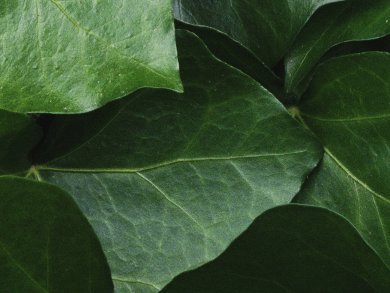Mingjun Zhang, University of Tennessee, Knoxville, and collaborators, examined the yellowish material secreted by ivy for surface climbing under an atomic force microscope. The properties of the nanoparticles found create the ability for the vine leaves to hold almost 2 million more times than its weight.
Nanoparticles exhibit unique physical and chemical properties due to large surface-to-volume ratio which allows them to absorb and scatter light. For this reason, titanium dioxide and zinc oxide are currently used for sunscreen. The ivy nanoparticles are more uniform and have unique material properties, which may help to enhance the absorption and scattering of light.
The team’s studies indicate that the ivy nanoparticles were less toxic to mammalian cells, have a limited potential to penetrate through human skin, are easily biodegradable, are virtually invisible when applied to the skin, and are a bit more adhesive, so may not need to be reapplied after swimming.



